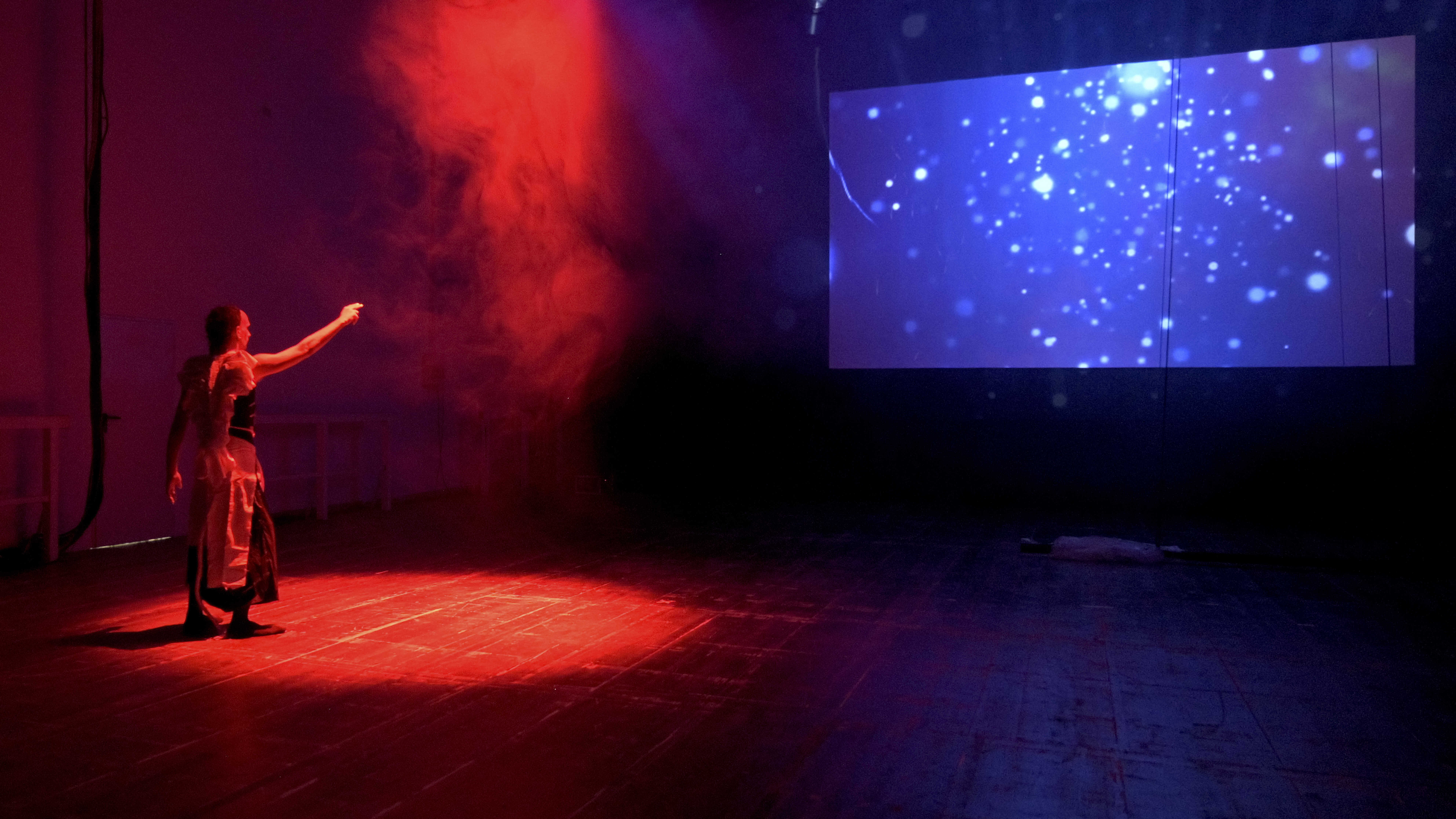Meii Soh ~ FurStation: Towards immortality
Influenced by on-land hunting practices and the hunting-dog’s nuanced role within such frameworks—intermediaries between companionship and tool—FurStation presents an immersive video-game experience where one’s digital existence suggests a pathway to contemplate immortality and reincarnation. From the corporate structure of FurStation to the inside of the game, How can the digital realm re-imagine our perception of corporeal mortality?
The audience is invited to trespass the screen, while doing so, transforming viewers into players. This performance piece stands as an homage to those furry friends, who seamlessly transition between companions and objects. To those who embody in-betweenness through states of queer-disassociation as survival methods. To you, furry friends: Nico, Nisa, Pica, Catita.


